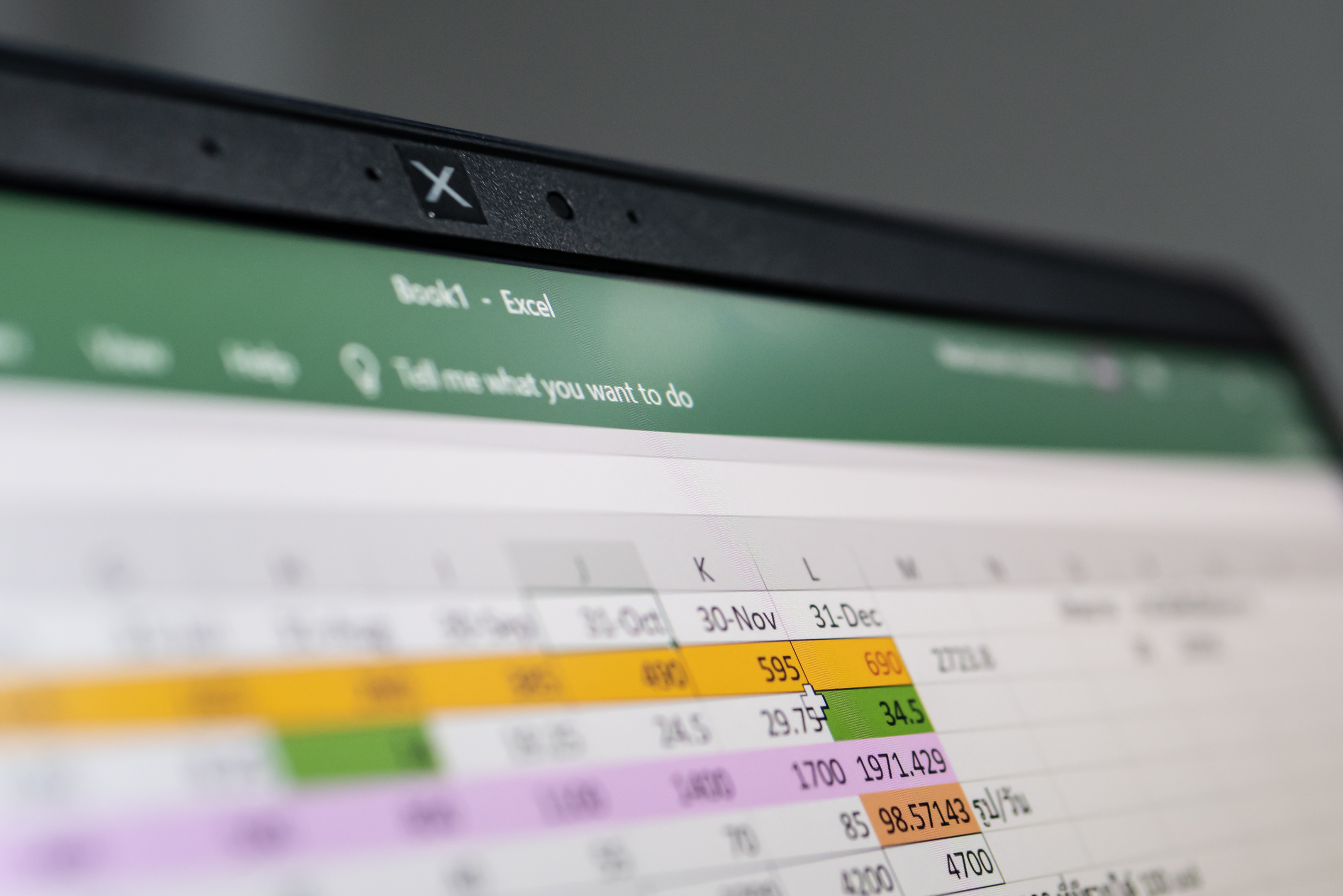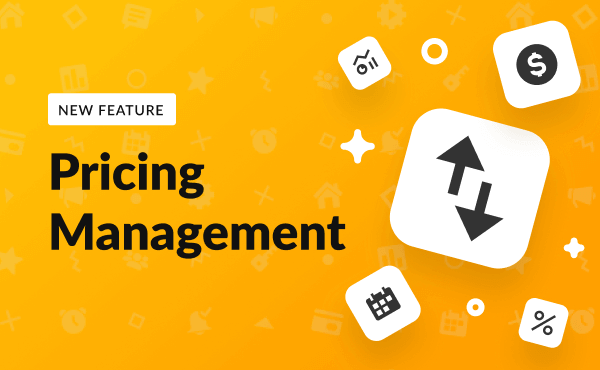Revolutionize Your Rental Game: The Airbnb Expenses Spreadsheet Every Host Needs

Managing your rental properties isn’t just about welcoming guests; it’s also about smart money management. If you’re juggling multiple properties, keeping track of every expense and income – like cleaning fees, rent, and even those pesky property taxes – can be overwhelming. This is where a handy expenses spreadsheet comes to the rescue.
Think of this spreadsheet as your financial sidekick. Whether you prefer Excel, Google Sheets, or a snazzy free template, it’s all about making your life easier. You get to see where every dollar is going, track your Airbnb income like a pro, and stay on top of your budget game.
In this article, we’re going to walk through how to set up your own Airbnb expenses spreadsheet, making it super simple to manage your finances. And, for those of you looking for an even smoother ride, we’ll give you a peek at iGMS – a tool that takes the hassle out of tracking your Airbnb bucks.

Understanding Airbnb Expenses
As an Airbnb host or property manager, diving into the world of expenses can feel a bit like navigating a maze. But understanding where your money is going is crucial to turning your properties into profitable ventures. Here’s a breakdown of the typical expenses you’ll encounter and how they can impact your bottom line.
Types of Expenses Incurred by Airbnb Hosts
- Maintenance and Repairs: Keeping your property in top shape is vital for great reviews and repeat guests. This includes regular maintenance, emergency repairs, and updates to keep your listings competitive.
- Utilities: Essential services like electricity, gas, and water are ongoing costs. As energy prices fluctuate, this can be a significant part of your budget.
- Property Taxes and Insurance: These are the unavoidable costs of doing business. Property taxes vary by location, and adequate insurance is non-negotiable for protecting your investment.
- Cleaning Fees: Cleanliness is a top priority for guests. Whether you’re doing it yourself or hiring a service, this expense is critical for guest satisfaction and maintaining high standards.
- Guest Amenities and Supplies: Little touches like toiletries, coffee, and basic kitchen supplies make a big difference in guest experience.
- Booking and Service Fees: Platforms like Airbnb charge fees for each booking, and these can add up, especially if you’re handling multiple properties.
Impact on Overall Profitability
Each of these expense categories chips away at your rental income. It’s a delicate balance – spend too little, and you might compromise on guest experience and future bookings; spend too much, and your profits dwindle. This is where an expenses spreadsheet becomes invaluable. By tracking these expenses, you can see where your money goes, identify areas to cut back, and strategize to maximize your earnings.
Current Trends Affecting Expenses
The short-term rental market isn’t static. Recently, we’ve seen trends that directly impact your expenses:
- Rising Utility Costs: Energy prices have been on the rise globally, meaning that managing your utility expenses is more important than ever.
- Local Regulatory Changes: Many cities are introducing new regulations for short-term rentals, including licensing fees and taxes, which can affect your bottom line.
- Increased Guest Expectations: With more people turning to Airbnb for unique experiences, there’s a growing need to invest in your property to keep it attractive and competitive.
By staying informed and adaptable, you can navigate these trends effectively. This section of your spreadsheet is not just about recording numbers – it’s about understanding your business’s financial health and making informed decisions to keep your Airbnb venture thriving.
Creating Your Spreadsheet
Now that you understand the types of expenses involved in running your Airbnb business, it’s time to organize them efficiently. A well-structured expenses spreadsheet can be a game-changer, helping you keep track of every dollar and make smart financial decisions. Here’s how to create one:
Key Components of an Effective Expenses Spreadsheet
- Expense Categories: Break down your expenses into clear categories like maintenance, utilities, cleaning fees, property taxes, and guest amenities. This makes it easier to track and analyze where your money is going.
- Income Tracking: Include a section for tracking rental income from each property. This is crucial for comparing your income against expenses to calculate your net profit.
- Property-Specific Sections: If you manage multiple properties, create separate sections or tabs for each one. This helps in assessing the performance of individual properties.
- Monthly and Yearly Overviews: Set up your spreadsheet to track expenses monthly and provide a yearly overview. This helps in identifying seasonal trends and planning for peak seasons.
- Receipts and Invoice Storage: Have a system to attach or link to digital copies of receipts and invoices for easy reference and tax purposes.
Tips for Organizing and Categorizing Expenses
- Consistency is Key: Use the same expense categories and naming conventions consistently to avoid confusion.
- Regular Updates: Make it a habit to update the spreadsheet regularly, ideally right after incurring an expense. This prevents the backlog and ensures accuracy.
- Use Color Coding: Color-code different categories or properties for quick visual reference.
- Prioritize Readability: Ensure your spreadsheet is easy to read. Use clear headings, and don’t overcrowd information.
Incorporating Automation and Digital Tools for Expense Tracking
- Spreadsheet Templates: Start with a free template in Excel or Google Sheets. These often come with built-in formulas to calculate totals and averages.
- Automation Tools: Explore tools that can automate data entry. For example, software that syncs with your bank account and categorizes expenses automatically.
- Integration with Booking Platforms: Use tools that integrate with Airbnb and other booking platforms to automatically import income data.
- Cloud Storage: Store your spreadsheet in the cloud (like Google Drive) for easy access from anywhere and added security.
- Mobile Accessibility: Ensure your spreadsheet or tracking tool has a mobile version, so you can update it on the go.
Creating an expenses spreadsheet may take some initial effort, but it’s an investment that pays off by giving you a clear picture of your financial health. With these tips and tools, you’ll be well on your way to maximizing your Airbnb profits and minimizing unnecessary expenses.
Analyzing and Optimizing Your Expenses
When it comes to running a successful Airbnb business, understanding and managing your expenses is key. Let’s dive into some revealing statistics to give you a clearer picture. According to data analyzed by ProjectionHub, the average annual revenue for sole proprietorship Airbnb businesses in the U.S. is around $29,183, while the average annual expenses are slightly higher at about $32,411. This illustrates a crucial point:
without careful management, your expenses can easily surpass your income.
The average net profit margin for Airbnb businesses was reported to be -11%. However, this figure becomes more optimistic when considering depreciation, which amounts to 12% of revenue. When factoring in depreciation, most Airbnb businesses are breaking even or slightly profitable. Moreover, the appreciation in property value over time can significantly enhance the overall return on investment.
Let’s break down the major expenses:
- Depreciation: 12% of revenue
- Rent for Business Property: 11%
- Interest Expenses: 10%
- Material Costs: 9%
- Utilities: 8%
- Car and Truck Expenses: 7%
- Repairs: 6%
- Contract Labor: 5%
- Supplies: 5%
These figures highlight the importance of strategic expense management. For instance, reducing utility costs or renegotiating rent can have a substantial impact on your bottom line. Also, understanding that material costs and repairs account for a significant portion of expenses, finding cost-effective solutions in these areas can improve profitability.
By using your spreadsheet to track and analyze these specific expense categories, you can identify where your business aligns with or deviates from these averages. This insight enables you to focus on areas with the highest potential for cost savings and revenue optimization.
Remember, the goal is not just to reduce expenses but to do so in a way that maintains, or even enhances, guest satisfaction and the overall value of your property.
Using the Spreadsheet to Identify Key Areas for Expense Reduction
- Expense Trend Analysis: Regularly review your spreadsheet to track the trends in your expenses. Look for patterns or anomalies, like a sudden increase in utility bills or maintenance costs.
- Comparative Analysis: If you manage multiple properties, compare the expenses of each property. This can highlight more costly properties and reveal efficient practices from your more profitable ones.
- Category Assessment: Examine each category of expenses (like cleaning fees, property taxes, and maintenance costs) to identify where you’re spending the most and what can be optimized.
Strategies for Optimizing Expenses While Maintaining Guest Satisfaction
- Negotiating with Vendors: Regularly negotiate rates with your service providers, such as cleaning services or property maintenance firms, to ensure you’re getting the best value.
- Investing in Cost-Effective Upgrades: Consider investing in durable, low-maintenance furnishings or energy-efficient appliances that reduce long-term costs.
- Dynamic Pricing for Services: Adjust cleaning fees or other charges based on the length of stay or season, ensuring they reflect your actual costs without overcharging your guests.
By carefully analyzing your expenses and implementing strategic optimizations, you can significantly increase your profitability without compromising the quality of your guests’ experience. Remember, the goal is to find a balance between cost-saving measures and maintaining the high standards that guests expect from Airbnb accommodations.

Final Thoughts
In conclusion, effective management of your Airbnb finances, anchored by a comprehensive expenses spreadsheet, is fundamental for your rental business’s success. This tool is more than just a ledger for expenses; it’s a strategic asset that empowers you to make informed financial decisions, ensuring you stay ahead in the dynamic Airbnb market.
For those seeking to streamline their property management, integrating advanced tools like iGMS could be a strategic move. iGMS not only simplifies the management of bookings and guest communications but also aligns perfectly with financial tracking, offering an all-in-one solution for the modern Airbnb host.
Ultimately, whether managing a single property or an array of rentals, a nuanced approach to financial management is critical. Embrace the power of detailed financial tracking with your expenses spreadsheet for your Airbnb, and consider the added benefits of property management platforms to elevate your rental business to new heights of efficiency and profitability.






![Your Monthly iGMS Roundup [February 2020]](/content/images/size/w600/wordpress/2020/02/igms-roundup-feb-2020-cover.png)

